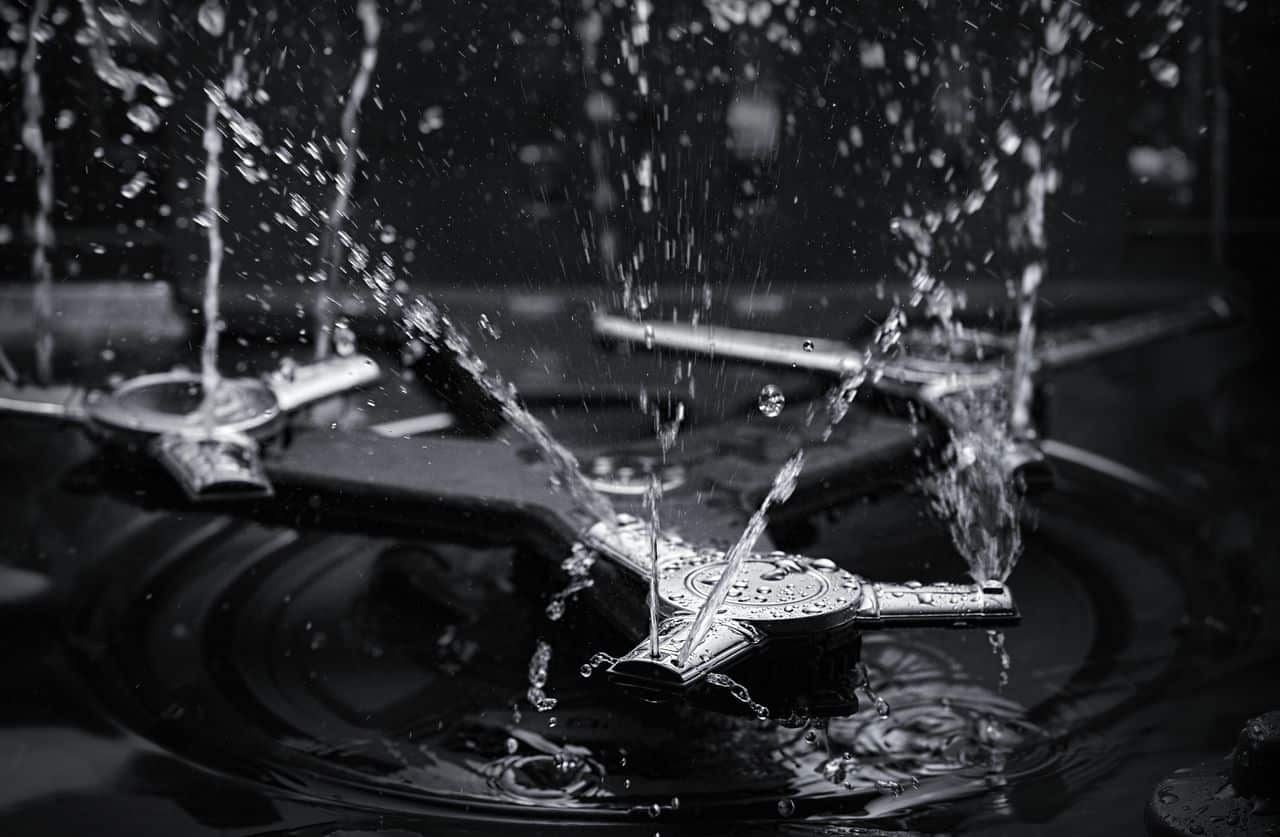
Finding a puddle of water on your kitchen floor is never a pleasant sight, especially when it’s near your dishwasher. Fixing an overflowing or leaking dishwasher is not a repair you want to put off. The water damage done to your floor can become excessive and expensive. Quickly Diagnosing the problem and calling a dishwasher appliance repair company can save your flooring and your money. The 4 troubleshooting tips below can help you better understand why your dishwasher is leaking or overflowing.
Too Many Soapsuds
If you find a sudsy mess on your floor, you are most likely facing 1 of 2 common dishwasher blunders. The first being the overuse of dishwasher detergent. Filling your appliance with too much detergent can cause an abundance of soapsuds to form in your dishwasher and overflow onto your floor. Using inadequate dishwasher detergent is the second reason you may find yourself mopping-up sudsy water. While some detergents are cheaper, the poor quality of the soap may cause you to rethink saving a couple of bucks.
A Worn Out Door Gasket
Your dishwasher has a rubber seal around its door called a gasket. The gasket seals the appliance’s door and stops water from escaping. If the gasket is worn down, has a rip in it, or there is dry food stuck to it, water can begin leaking out of the dishwasher. You will need to replace or clean the gasket to stop further leaks.
A Faulty Water Inlet Valve
Every dishwasher has an inlet valve that delivers water to the appliance. When the valve is working correctly, it will provide your dishwasher with the proper amount of water and then shut-off. If your dishwasher has not been used and you notice the bottom of the appliance has filled with water, the inlet valve is malfunctioning and needs to be replaced. Not replacing the valve may result in your dishwasher overflowing the next time you operate the appliance.
A Defective Float Assembly or Switch
The float in your dishwasher rises as the water level in the appliance increases. When the float reaches a certain level, it signals the float switch to turn the flow of water off. If the float becomes stuck and can not rise, the float switch will not be activated, and your dishwasher will overflow. If your float is moving freely, but your dishwasher is still overflowing, the float switch could be the problem. If the switch is faulty, it will have to be replaced.
If your dishwasher is overflowing or leaking, please contact us, and we’ll send one of our trusted technicians to inspect and fix your appliance.

How to Fix the nF Error Code on a Samsung Washer

Kenmore Elite Dryer Issues: How To Troubleshoot

Microwave vs. Oven: Pros and Cons and How They Differ

Self-Cleaning Oven Smell: Causes & Odor Reduction Tips

Frigidaire Ice Maker Not Working? 7 Ways to Fix It

Why Is Your LG Refrigerator Not Cooling? (9 Common Reasons)

GE Oven F2 Error: Causes & Solutions

How to Reset the Water Filter Light on a Samsung Refrigerator

Maytag Washer Showing F5 Error Code? Here’s What To Do






